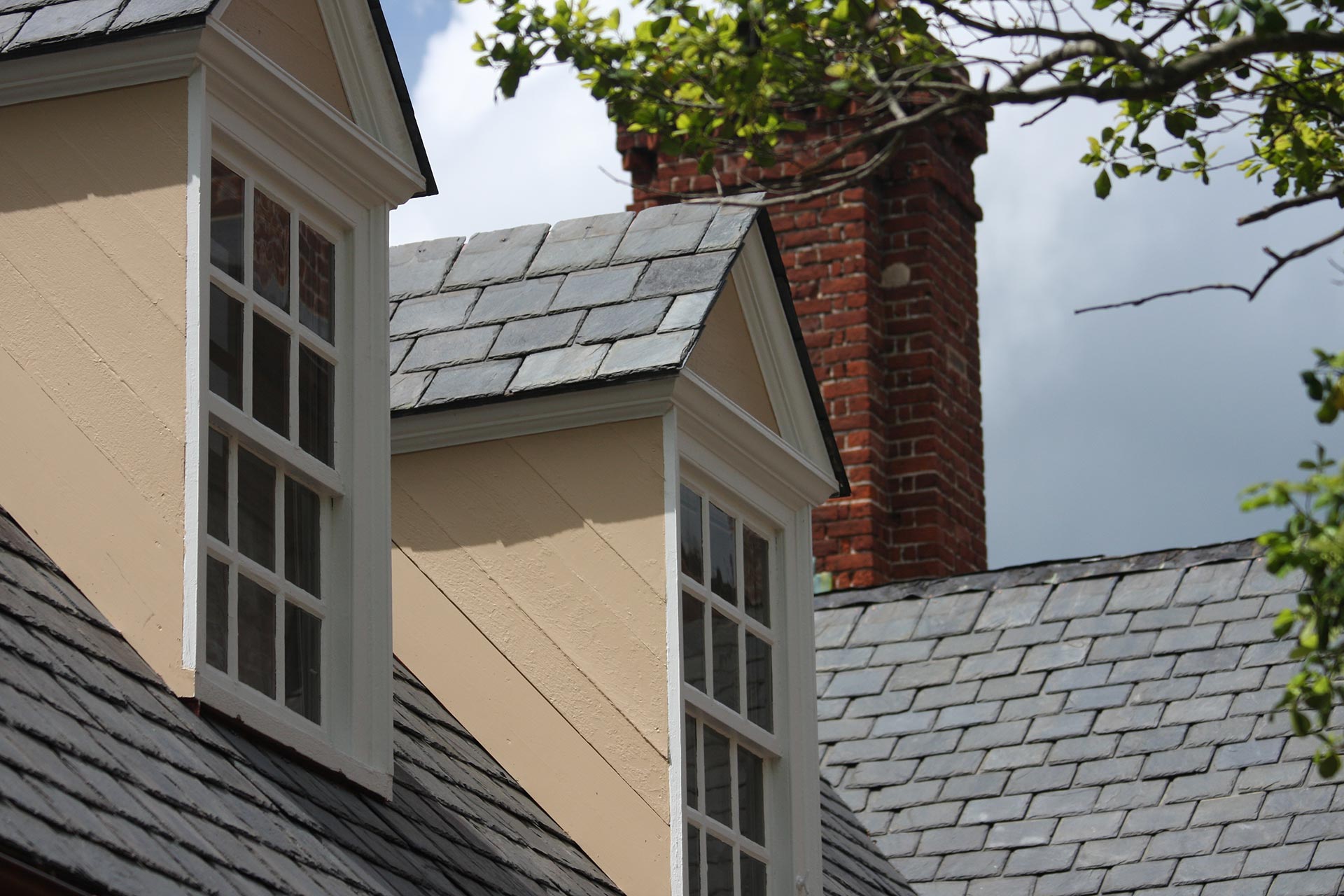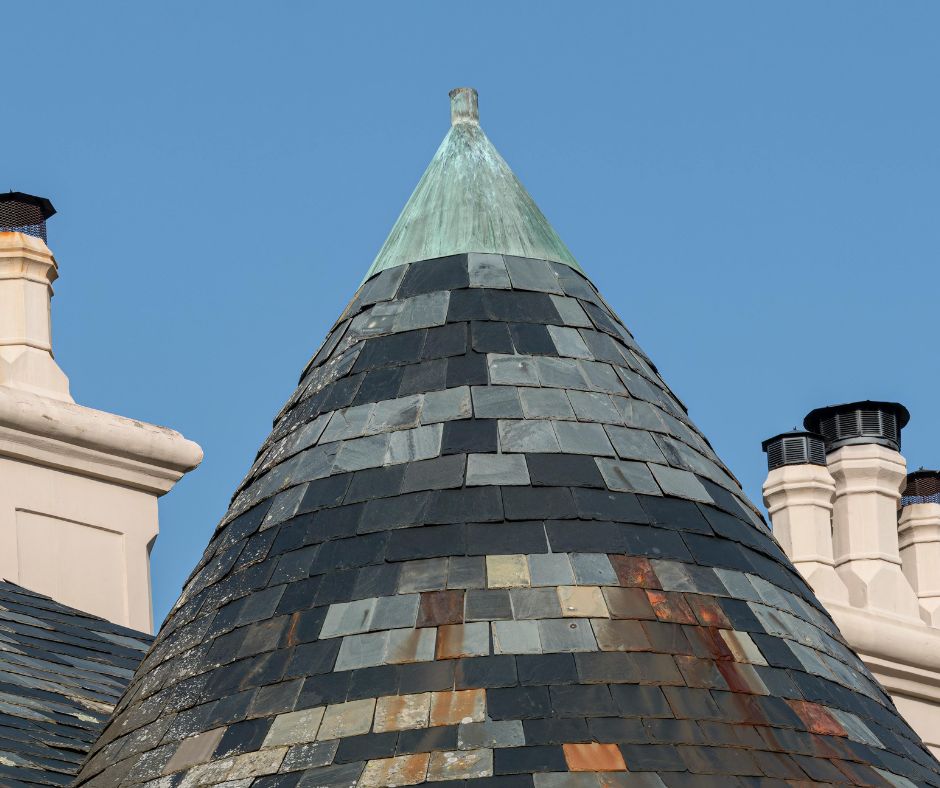Comprehensive Strategies for Achieving Heritage Compliance for Slate Roofs in Sydney
In the bustling metropolis of Sydney, which is rich in architectural heritage, roofing projects that focus on heritage compliance require meticulous attention to detail, particularly when replacing slate tiles. It is absolutely essential to select tiles that are closely matched in size, colour, and profile to the original materials. Moreover, vital components such as ridge caps and flashing must be preserved, while traditional roofing methods should be employed to ensure authenticity and adherence to established heritage guidelines.

Essential Factors to Consider for Heritage Roof Restoration in Sydney
“The preservation of a slate roof transcends mere material selection; it encapsulates a historical narrative that is conveyed through each individual tile.”
Owning a property that is recognized as heritage or located within a conservation area in Sydney goes beyond basic maintenance; it embodies a significant commitment to preserving history. Many of these historic buildings, particularly those from the Victorian and Federation periods, prominently feature their original slate roofs. Consequently, the restoration or repair methods employed are critically important. Gaining a thorough understanding of the intricacies associated with heritage roofing is essential to maintain both the aesthetic beauty and historical significance of your property, ensuring it remains an enduring part of Sydney’s rich architectural tapestry.
Before initiating any project concerning the replacement or restoration of a slate roof on a heritage-listed property, it is crucial to be well-informed and thoroughly prepared.
Understanding the Importance of Heritage Roof Regulations in Sydney
The heritage protections in Sydney are designed not to complicate the roofing processes but to protect the architectural styles, materials, and construction techniques that contribute to the historical and monetary value of older homes, which are vital to the city’s unique architectural identity. These regulations aim to preserve the distinctive character of neighborhoods, ensuring that streetscapes maintain a harmonious and authentic appearance.
In particular, areas such as Paddington, Balmain, Woollahra, and Hunters Hill, where slate roofs significantly enhance the overall visual appeal of the streetscape, must comply with these regulations. An inappropriate repair or the use of mismatched roofing materials can drastically impact how a residence integrates within its surroundings, potentially endangering its compliance with heritage regulations.

Essential Guidelines for Complying with Heritage Roofing Standards
Ensure Roof Tiles Match the Existing Structure for Authenticity
When replacing any roof tiles, it is imperative that the new tiles are consistent with the existing ones in terms of material, profile, size, and colour. For slate roofs, this typically involves sourcing tiles such as Welsh Penrhyn or Canadian Glendyne, whether they are newly manufactured or reclaimed. This careful approach ensures that the new tiles integrate seamlessly with the existing roofing and uphold the heritage character of the property, thereby preserving its architectural integrity and historical significance.
Preserve Essential Architectural Features for Historical Accuracy
Maintaining a heritage roof involves much more than simply replacing tiles. Key architectural elements such as ridge caps, gable vents, lead flashing, and original timber battens are crucial for maintaining the roof’s authenticity. A skilled roofer will not only ensure the preservation of these features but will also possess the expertise to restore or accurately replicate them, thus maintaining the integrity of the heritage structure throughout the restoration process and ensuring that its historical narrative remains intact.
Utilise Time-Honored Installation Techniques for Enhanced Durability
The correct installation of <a href=”https://writebuff.com/slate-roofs-quality-roofing-solutions-in-sydney/”>slate roofing</a> is a meticulous process that requires extensive training and a commitment to traditional methods. Techniques such as using copper nails, applying breathable sarking, ensuring appropriate spacing, and executing precise cutting are fundamental for guaranteeing the roof’s longevity and compliance with heritage regulations. Choosing shortcuts or modern solutions could lead to significant issues in the future, including potential fines if the work is conducted without the necessary approvals from local authorities.
Navigating Council Regulations and Collaborating with Heritage Consultants
<pIf you are planning to undertake substantial roofing work on a heritage-listed property or one situated within a conservation zone, it is highly likely that you will need to obtain approval from your local council. Certain projects may require a Heritage Impact Statement, and often, consulting with a qualified heritage advisor is essential to ensure comprehensive compliance with all applicable regulations and standards.
At Slate Roof Restorations, we bring extensive experience from numerous heritage projects throughout Sydney. Our dedicated team is well-versed in the documentation required by councils, and we are more than happy to collaborate with your heritage consultant as necessary to ensure a smooth and efficient process.
Effective Strategies for Achieving Compliance and Preserving Heritage Value
- Conduct Regular Roof Inspections to Detect Issues Early. Minor leaks can escalate into significant problems if not addressed promptly, making routine inspections vital for long-term maintenance and preservation.
- Act Swiftly on Any Signs of Damage. If you observe cracked or displaced tiles, it is essential to seek professional evaluation immediately to mitigate the risk of further damage to the roofing structure.
- Utilise Reclaimed Slate Whenever Possible. This approach not only helps to reduce costs but also contributes to maintaining the aesthetic and historical integrity of the roof, aligning with broader heritage preservation goals.
- Avoid Cosmetic Restoration Techniques. Painting slate or applying coatings often leads to more complications than they resolve and may violate established heritage regulations, thereby compromising the roof’s authenticity.
The Significance of Roof Preservation for Heritage Homes
A well-executed restoration of a slate roof can last for over a century. Although frequent replacements are not necessary, any required work must be approached with the utmost care and respect for the building’s historical significance. Your roof is one of the most prominent features of your home, significantly influencing its aesthetic appeal and historical narrative—especially as it contributes to the rich architectural heritage of Sydney.
If you are unsure whether your roofing project requires approval,
contact us today. We can assist you in ensuring your roof complies with all regulations and is restored to its former glory, preserving its historical value for future generations.
The Article: Slate Roofs: Navigating Sydney’s Heritage Requirements first appeared on https://writebuff.com
The Article Slate Roofs and Sydney’s Heritage Regulations Explained Was Found On https://limitsofstrategy.com
The Article Slate Roofs: Understanding Sydney’s Heritage Regulations First Appeared ON
: https://ad4sc.com
No responses yet